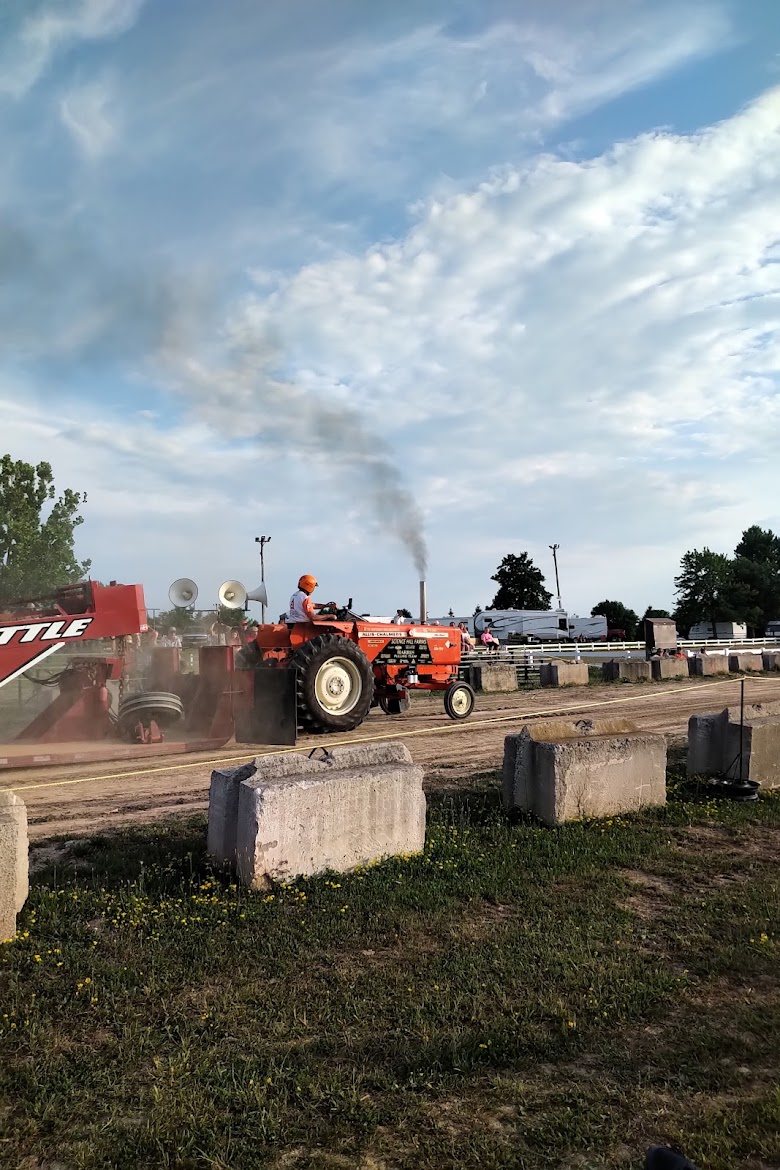The case came to court because the County alleged that the neighbouring landowners had interfered with the County's attempted use of the land (to be incorporated into a recreational trail). The neighbouring owners intended to use the land for agricultural purposes, and made a counterclaim for a declaration that they were the rightful owners of the land. The question was whether the original grant in 1871 was a grant of a fee simple interest in the land or of something less, such as a limited grant of rights to use the land.
Registered in 1871 in the Land Registry was a "Conveyance of Line of Way". As stated in the conveyance, in consideration of the payment of $345.80, the original owners did "hereby ... grant and confirm to the [Railway Company], its successors and assigns for ever" an 8.67 acre portion of the owners' property. Was that registration sufficient to transfer ownership of the land, such that no interest in the land would revert to the original owners or their successors? The Court decided the issue on a motion for partial summary judgment brought by the neighbouring landowners.
Justice Grace reviewed the applicable railway legislation in place at the time of the conveyance and determined that the conveyance was a transfer of the fee simple ownership of the land:
The statutory provisions applicable in this case are, in my view, similar to those considered in Lowe. As long as the acquisition of real property was for a purpose related to the establishment, maintenance and/or operation of a railroad, Canada Southern was statutorily empowered to acquire a fee simple interest in land. The company could do so by negotiating an agreement with a land owner or in the event of an unwillingness to sell, through a process akin to expropriation.Although the conveyance document itself did not specify that fee simple ownership had been "sold" to the Railway, that was the effect of the language in the document in the context of the applicable legislative regime.
And Justice Grace did not accept the alternative argument of the neighbouring landowners that, even if a fee simple ownership interest in the land had been transferred, that interest would be subject to reversion in the event that use of the rail line was discontinued. There was no language to that effect in the conveyance document.
Read the decision at: Corporation of the County of Oxford v. Vieraitis.


